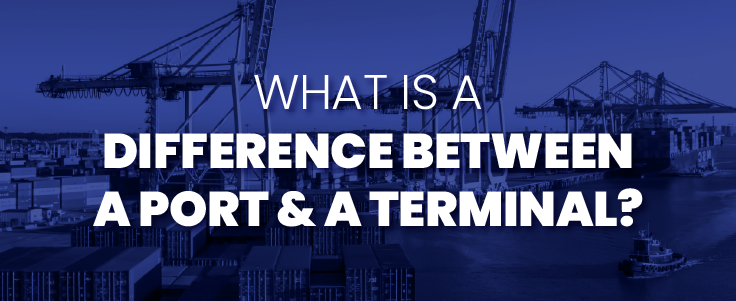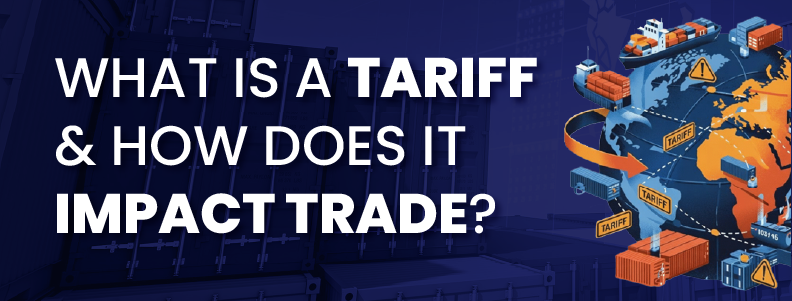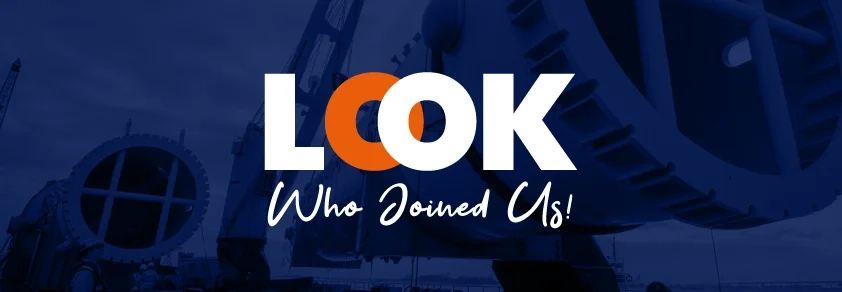What is the Difference Between a Port and a Terminal?
The operation of maritime infrastructure requires knowledge for successful global logistics management. The shipping process contains two distinct components (port vs terminal) which many people mistake for each other although they have separate functions. The two facilities support international trade operations through different operational methods and ownership models and functional responsibilities.
The article provides easy-to-understand information about ports and terminals which explains their essential role in handling worldwide cargo shipments that total millions of tons annually.
What is a Port?
A port functions as a specific coastal or waterway location which provides ships with docking facilities for cargo and passenger exchange. The global supply chain depends on ports because they connect maritime transportation to land-based systems.
Ports contain docking facilities and wharves and cranes and storage facilities and customs areas and additional infrastructure needed for trade and logistics operations. The management of ports falls under port authorities which handle development work and maintenance tasks and safety standards.
A port facility contains different terminals which specialize in handling specific cargo types including containers and bulk materials and liquid products. A single port authority manages different terminals which handle container shipping and grain storage and oil distribution operations.
Importance of Ports and Port Authorities
The world economy depends on ports because they function as its fundamental foundation for international trade. The global economy depends on sea transportation because it handles 80% of international goods which makes ports vital for worldwide economic operations. The operational performance of ports determines how much it costs to trade and how long it takes to deliver goods while maintaining supply chain stability.
Public or semi-public organizations known as port authorities manage all port operational activities. The organizations maintain oversight of environmental rules and safety protocols and customs procedures. The management of port expansion initiatives and dredging operations and modernization projects for bigger ships falls under the responsibility of port authorities in numerous nations.
Ports serve as economic centers that enable industrial development and employment creation while connecting the world through international trade.
What is a Terminal?
A terminal functions as a dedicated area in a port that specializes in processing particular types of cargo. The terminal functions as the operational core of a port which private companies or concessionaires typically oversee for management purposes.
Terminals vary depending on the cargo type:
- Container terminals handle containerized goods.
- Bulk terminals deal with materials like coal, grain, or minerals.
- Liquid terminals manage petroleum, chemicals, or other fluids.
- Ro-Ro terminals serve roll-on/roll-off cargo such as vehicles and machinery.
The terminals contain storage areas and cranes and loading equipment and internal logistics systems which enable smooth transportation of goods between ships and land.
Importance of Terminals in Cargo Handling
Terminals function as essential components which enable ports to maintain uninterrupted cargo transportation. The operational core of terminals functions as the central point for handling and inspection and documentation procedures. The operation of efficient terminals leads to shorter vessel turnaround times which enhances supply chain efficiency and reduces expenses for shipping companies and their importing clients.
Modern terminals heavily depend on technological advancements for their operations. The implementation of automated cranes together with digital tracking systems and smart yard management solutions has become standard practice in contemporary terminal operations. The digital transformation of supply chain operations provides real-time monitoring capabilities which leads to accelerated and safer cargo handling processes.
The current competitive trade environment makes terminals essential for achieving logistics efficiency. The speed at which a terminal functions determines its ability to process cargo thus establishing terminal performance as the key element for global trade market success.
What are Differences between a Port and a Terminal?
Although ports and terminals are closely connected, their functions and responsibilities differ. Below is a clear list highlighting the difference between port and terminal:
Definition
- A port is a geographical area where ships dock to conduct trade or transfer goods.
- A terminal is a specific facility within a port designed for handling certain cargo types.
Ownership
- Ports are usually governed by public entities or port authorities.
- Terminals are often operated by private logistics or shipping companies under lease agreements.
Function
- Ports provide the overall infrastructure—harbor access, customs facilities, and safety regulations.
- Terminals handle operational activities such as loading, unloading, and cargo storage.
Scope
- A port can consist of multiple terminals.
- A terminal operates as one unit within the port focusing on a single cargo type or service.
Management
- Port authorities oversee overall operations and regulatory compliance.
- Terminal operators focus on productivity, turnaround times, and cargo flow efficiency.
Revenue Source
- Ports earn income from docking fees, storage, and infrastructure use.
- Terminals generate revenue from cargo handling, storage, and logistics services.
Infrastructure
- Ports include breakwaters, navigational channels, and customs offices.
- Terminals include cranes, warehouses, and internal transportation systems.
Stakeholders
- Ports coordinate with governments, customs, and maritime authorities.
- Terminals work closely with shipping lines, freight forwarders, and logistics companies.
Focus Area
- Ports emphasize governance, infrastructure, and trade regulation.
- Terminals emphasize operational efficiency and cargo handling.
Examples
- A port may host several different terminals—container, oil, and grain—each operated separately.
Ports function as entry points for trade while terminals operate as the core facilities which maintain continuous movement of trade within these areas. The two elements work together to create an integrated system which supports worldwide logistics operations.
OPCA Members Enhancing Port and Terminal Efficiency
The success of maritime logistics depends heavily on effective coordination between ports and terminals and their logistics partners. The Overseas Project Cargo Association (OPCA) members function as key entities which maintain efficient coordination between different entities.
The Overseas Project Cargo Association (OPCA) brings together project cargo specialists and freight forwarders and logistics experts who work together with ports and terminals across the world. The detailed knowledge of complex cargo operations enables them to optimize vessel schedules and documentation processes and inland transportation links.
Companies seeking to work with experienced logistics partners in Europe can find reliable freight forwarders in Austria through OPCA's worldwide network which specializes in multimodal transport and heavy-lift cargo and project coordination.
Businesses that work with OPCA members obtain access to experts who excel at managing ports and terminals and handling international freight operations. The partnership with OPCA members provides businesses with professionals who specialize in port coordination and terminal management and international freight procedures to ensure safe and efficient cargo handling that meets all international standards.
_logo.webp)



